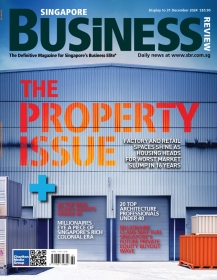
May Day, May Day: Singapore’s aviation industry hit by cost woe whammy
It couldn’t dodge the impact of rocketing expenses.
It looks like it’ll be a bad year for the aviation industry as carriers are beginning to feel the brunt of stricter labour policies and rapidly rising operating costs.
According to UOB Kay Hian, stricter hiring policies are impacting both SATS and SIA Engineering, while SIA suffers from Tigerair’s losses and rising competition from the Mideast.
SATS is particularly vulnerable from stricter labor guidelines, as a third of its entire workforce is made up of foreigners. The ground-handling provider is now making significant efforts to automate work processes in the hope of lowering labour costs.
On the other hand, SIAEC is not overly affected by the recent changes in foreign worker levy, but it is bogged down by its inability to pass on wage cost increases due to regional competition.
Meanwhile, SIA’s efforts at meeting competitive pressure from the Middle Eastern carriers is not expected to yield swift dividends, but there is scope for incremental revenue from the introduction of premium economy cabins in the latter part of FY15.
Here’s more from UOB Kay Hian:
Recent changes in labour guidelines have hit SATS the hardest. Staff cost as a percentage of revenue rose steadily from 33% in FY11 to 44% in FY14.
Staff costs (including sub-contracting costs) currently account for a significant 55% of SIAEC’s revenue.
While SIAEC was not overly impacted by the recent changes in foreign worker levy asforeigners make up only 10% of its workforce, its staff costs rose by a higher quantum than revenue (3% vs 2.7%) in FY14.
Increased labour levy will have the least impact on ST Engineering (STE) due to its globally-diversified workforce. In fact, STE’s labour cost as a percentage of revenue was the lowest among aviation support services companies and even declined in 2013.
























 Advertise
Advertise






